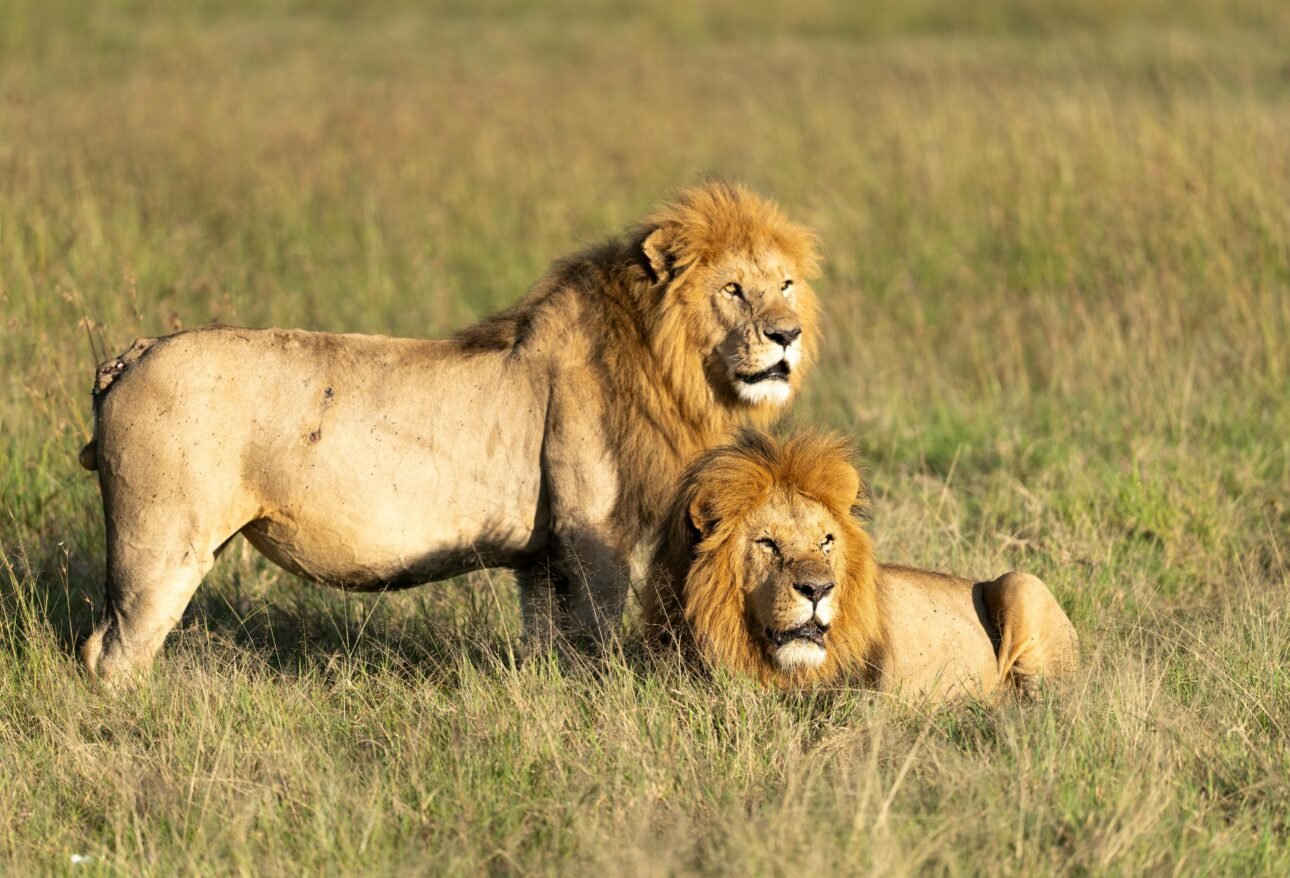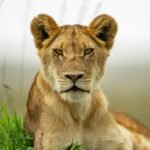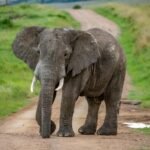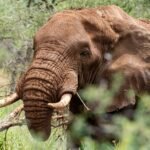Kenya, a jewel of East Africa, is renowned for its breathtaking landscapes and rich biodiversity.
Among its many attractions, the Big Five stand out as the crown jewels of African wildlife.
A Complete Guide to the Big Five in Kenya not only enhances your safari experience but also deepens your appreciation for these magnificent animals.
This guide will take you on an exhilarating journey through the lives, behaviors, and habitats of the African Lion, African Elephant, Cape Buffalo, African Leopard, and the Rhino, equipping you with everything you need to know for your next adventure in this incredible country.
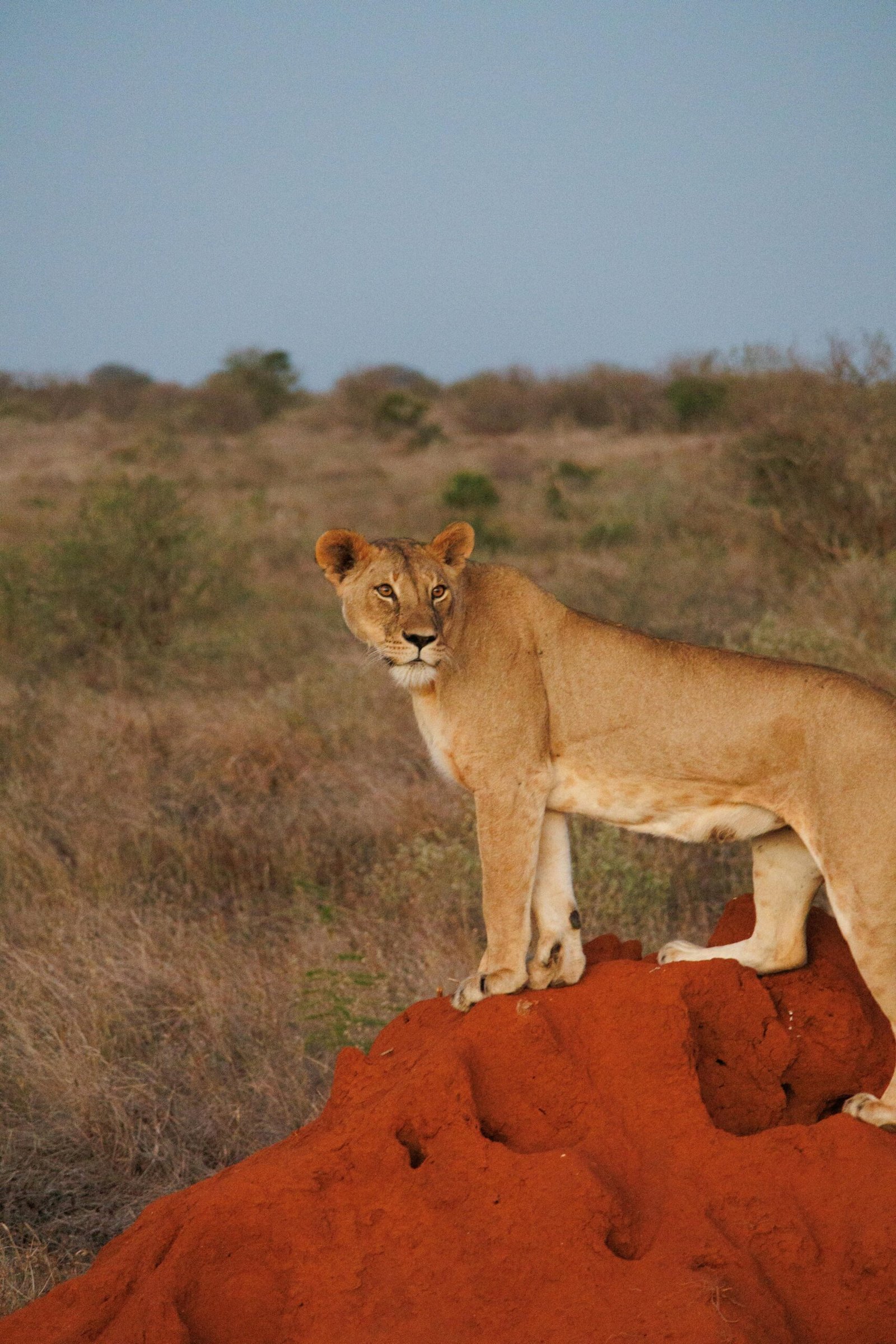
Key Takeaways
- The Big Five consists of the African Lion, Elephant, Cape Buffalo, Leopard, and Rhinoceros.
- The African Lion is often regarded as the apex predator in the savannah ecosystem.
- African Elephants, known for their intelligence and social structure, are key to maintaining their habitats.
- Cape Buffalos are known for their unpredictable behavior and formidable presence in the wild.
- The African Leopard is a solitary and elusive hunter, perfectly adapted for stealth and camouflage.
Introduction to the Big Five
The Big Five is a term that refers to five of the most iconic and sought-after animals to see during a safari in Kenya: the lion, leopard, rhinoceros, elephant, and Cape buffalo.
These magnificent creatures are not only a symbol of the country’s rich wildlife heritage but also serve as a major draw for tourists from around the globe.
This complete guide to the Big Five in Kenya will delve into their habitats, behaviors, and the best places to spot them in the wild.
Whether you’re an avid wildlife enthusiast or a first-time visitor, understanding these majestic animals enhances your Safari experience, offering deeper insights into Kenya’s breathtaking ecosystems and the importance of wildlife conservation.
The African Lion: King of the Savannah
The African lion, often hailed as the king of the savannah, holds a prominent place among the much-celebrated Big Five in Kenya.
This majestic creature, known scientifically as Panthera leo, symbolizes strength, bravery, and leadership.
Lions are not only iconic for their majestic manes and powerful roars, but they also play a critical role in the ecosystem of the savannah.
As you explore this complete guide to the Big Five in Kenya, you will discover that lions typically live in prides, which consist of several related females, their cubs, and a small number of dominant males.
These social structures aid them in hunting and protecting their territory from other predators.
Visitors to national parks like Maasai Mara and Amboseli are often enthralled by these regal animals, best observed in their natural habitat, where they engage in grooming behaviors, hunting strategies, and nurturing their young.
The African lion’s undeniable charm is a major highlight of African safari adventures, drawing countless wildlife enthusiasts eager to catch a glimpse of this formidable predator in action.
‘In the wilderness, we discover the raw essence of life; it is where we find the real meaning of freedom.’ – Unknown

The African Elephant: Gentle Giants
The African Elephant is often celebrated as one of the most magnificent creatures among the Big Five, which also includes the lion, leopard, buffalo, and rhinoceros.
As you explore the Complete Guide to the Big Five in Kenya, you’ll discover that these gentle giants play a crucial role in maintaining the ecosystem.
Known for their intelligence, emotional depth, and strong social bonds, African Elephants are truly remarkable.
In Kenya, where these majestic animals roam in vast savannas and lush forests, visitors can witness their behavior and interactions up close.
Whether you’re embarking on a safari in Amboseli National Park, where the elephants are often seen with the iconic Mount Kilimanjaro as a backdrop, or exploring Tsavo, the experience of observing these gentle giants is unforgettable.
Understanding their habits and the challenges they face, such as poaching and habitat loss, is essential for conservation efforts.
So, as you create your itinerary using this Complete Guide to the Big Five in Kenya, don’t miss the chance to learn about and appreciate the African Elephant — a symbol of the continent’s rich wildlife heritage.
The Cape Buffalo: The Unpredictable Beast
The Cape buffalo, often regarded as one of the most imposing members of the Big Five, is a creature that elicits awe and respect from wildlife enthusiasts and tourists alike.
As part of our complete guide to the Big Five in Kenya, it’s important to understand the characteristics that make this animal a notable presence in East Africa’s savannahs.
Known for their unpredictable behavior, these massive herbivores can weigh up to 1,600 pounds and have strong social structures, typically forming herds that range in size.
Their formidable horns, which curve outward from their heads, not only symbolize strength but also serve as a defense mechanism against predators.
Unlike their more docile counterparts, Cape buffalo are notorious for their unpredictable nature; they can turn aggressive without warning, adding to the thrill of observing them in the wild.
Travelers exploring Kenya will often prioritize encounters with this captivating mammal, making it an essential part of their safari experiences.
By understanding the Cape buffalo’s behavior and habitat, visitors can appreciate the complexity of its role within the rich tapestry of Kenyan wildlife.
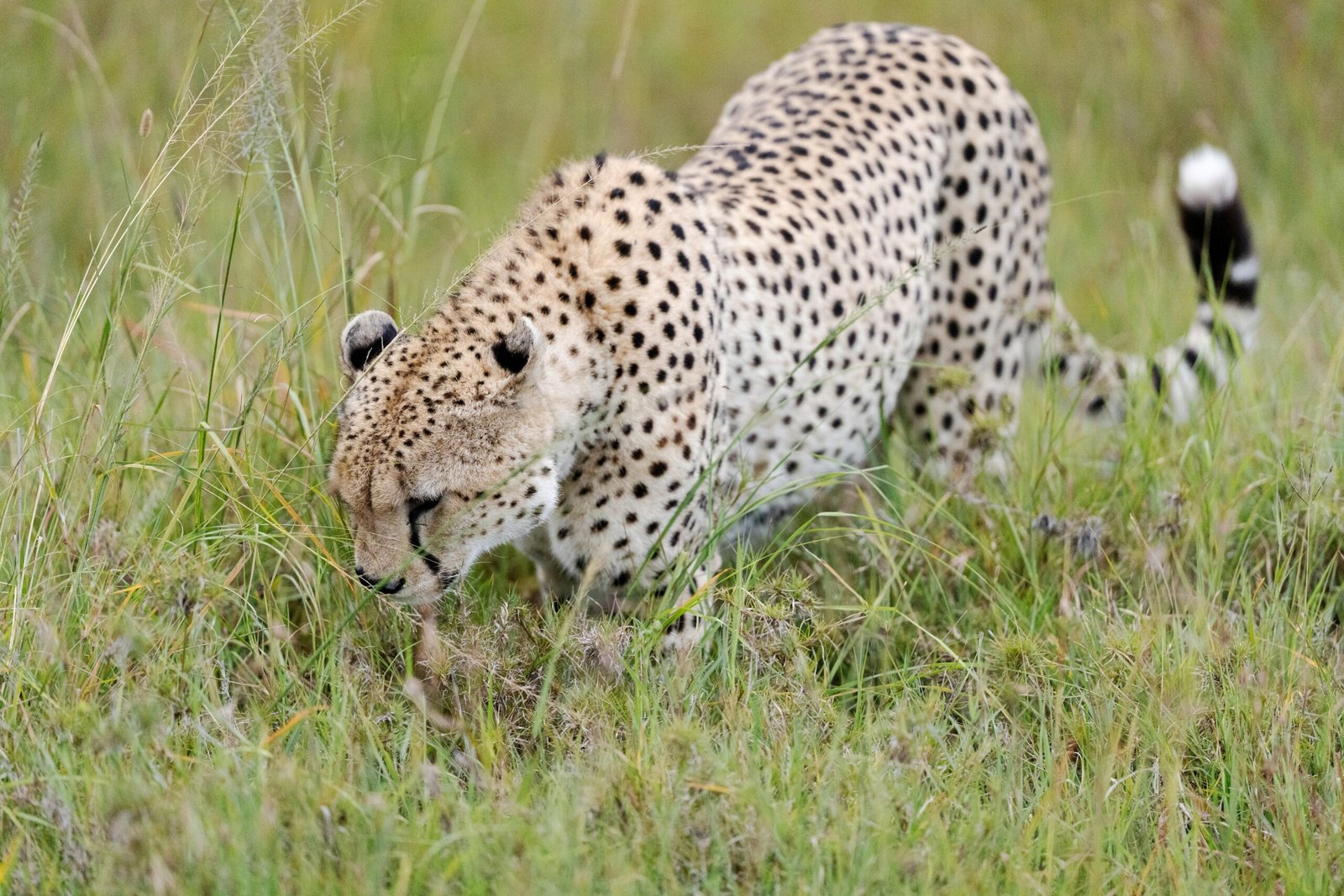
The African Leopard: Masters of Camouflage
When it comes to the Complete Guide to the Big Five in Kenya, the African Leopard stands out as a master of camouflage and survival.
Known for their remarkable ability to blend into their surroundings, leopards possess a unique coat pattern that allows them to remain stealthy while hunting.
This solitary and elusive cat is often found lounging on branches, where their spotted fur provides excellent cover against both predators and prey.
Unlike the more social lions, leopards are solitary hunters, showcasing their remarkable agility and strength in their pursuit of game.
A sighting of the African Leopard is always a highlight for wildlife enthusiasts on safari in Kenya, making them a crucial member of the Big Five.
To fully appreciate these magnificent creatures, understanding their behavior, habitat, and conservation status is vital, and this Complete Guide serves as a valuable resource for those looking to enrich their safari experience.
Frequently Asked Questions
What are the Big Five in Kenya?
The Big Five in Kenya refers to the African Lion, African Elephant, Cape Buffalo, African Leopard, and the Rhinoceros.
These animals are considered iconic and are sought after by wildlife enthusiasts and tourists.
Why are they called the Big Five?
The term ‘Big Five’ was originally coined by big-game hunters to refer to the five most difficult animals to hunt on foot.
Today, it represents the most popular and sought-after wildlife experiences in Africa, particularly for tourists in Kenya.
Where can I see the Big Five in Kenya?
The best places to see the Big Five in Kenya include renowned national parks and reserves such as Masai Mara, Amboseli National Park, and Tsavo National Park.
These areas offer rich wildlife experiences and diverse ecosystems.
What is the best time to see the Big Five in Kenya?
The best time to see the Big Five in Kenya is during the dry season, from June to October, when animals congregate around watering holes and the vegetation is less dense.
This is also the time when the Great Migration occurs in the Masai Mara.
How can I responsibly view the Big Five in Kenya?
To view the Big Five responsibly, consider choosing eco-friendly safari operators, following park rules, and maintaining a safe distance from the animals.
Additionally, participating in tours that support conservation efforts and local communities can enhance responsible tourism.
Kikuyu Arcade, Kiambu, Kenya 00902
+254 720 637 298
+254 726 906 136
info@africancrestedratsafaris.com
sales@africancrestedratsafaris.com

